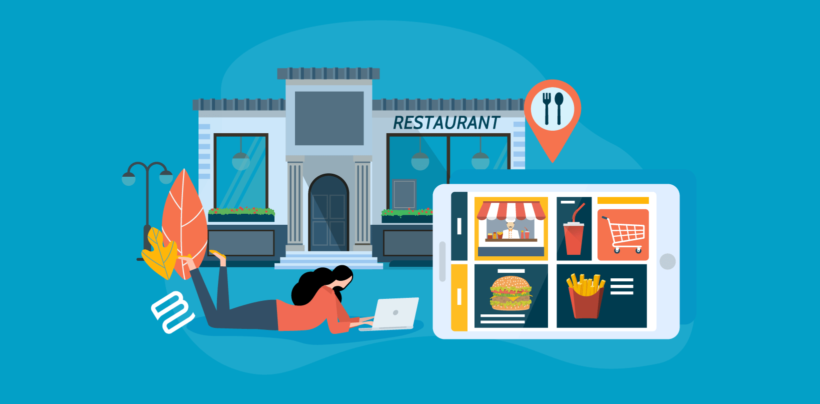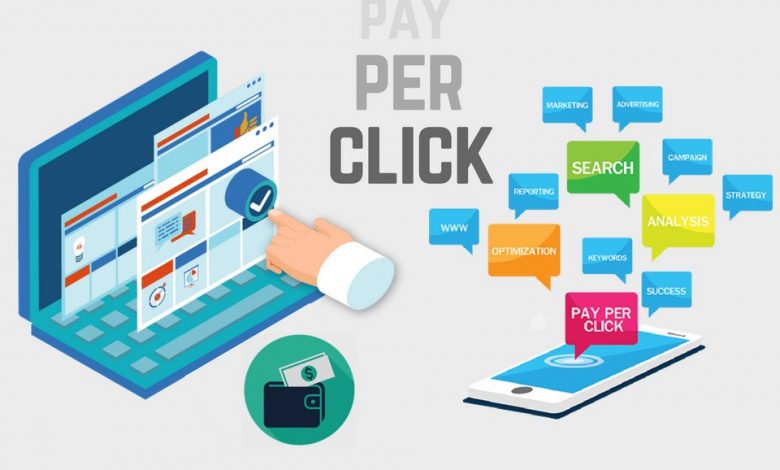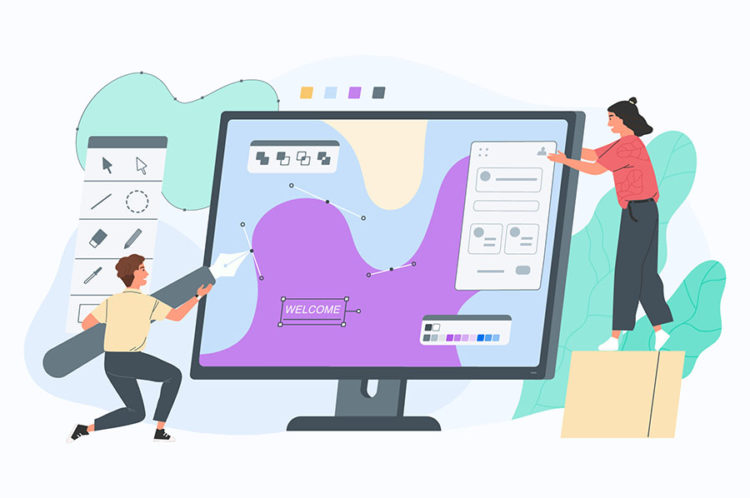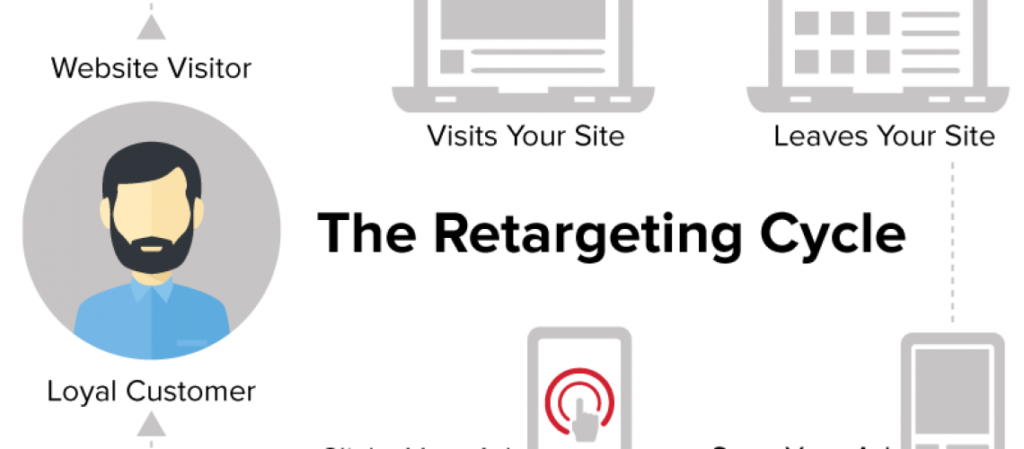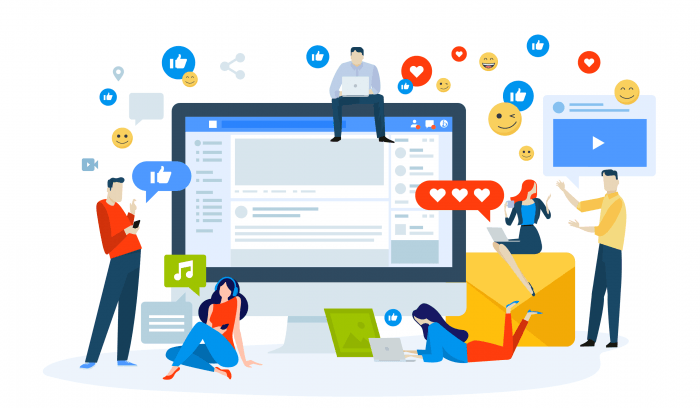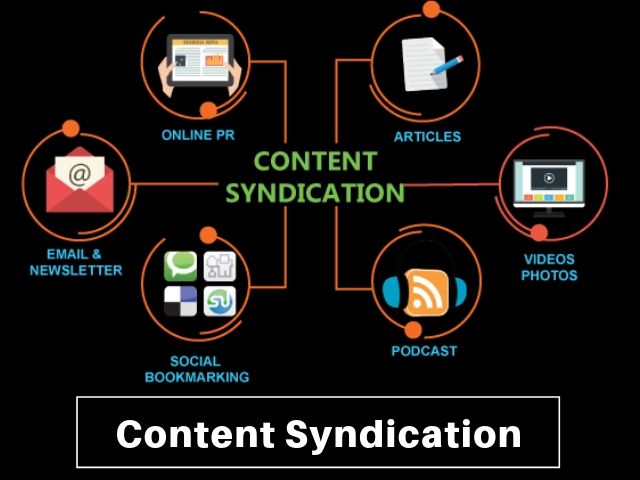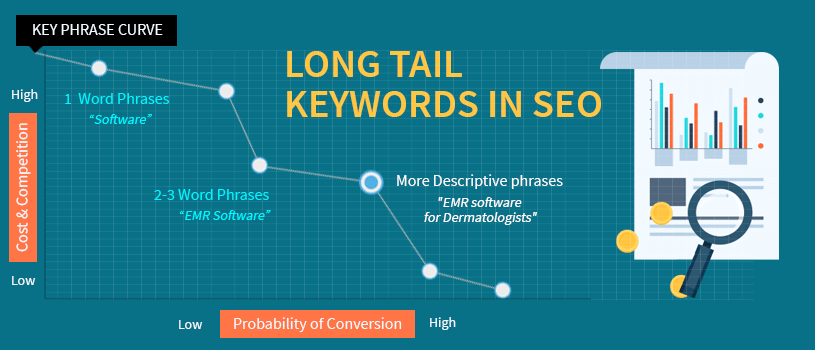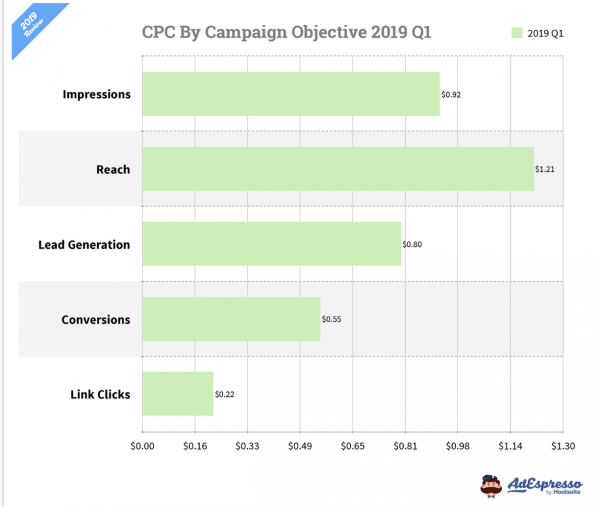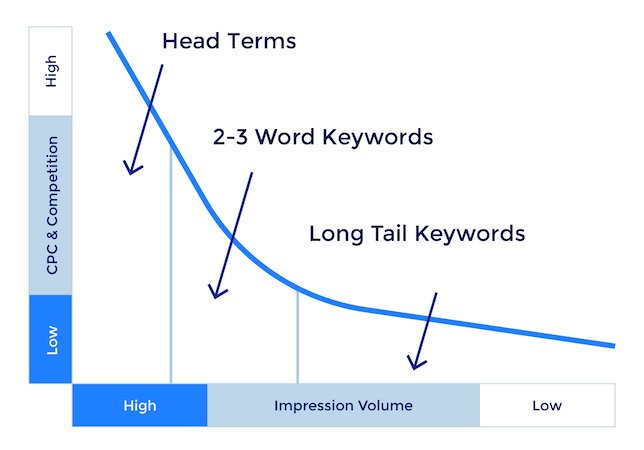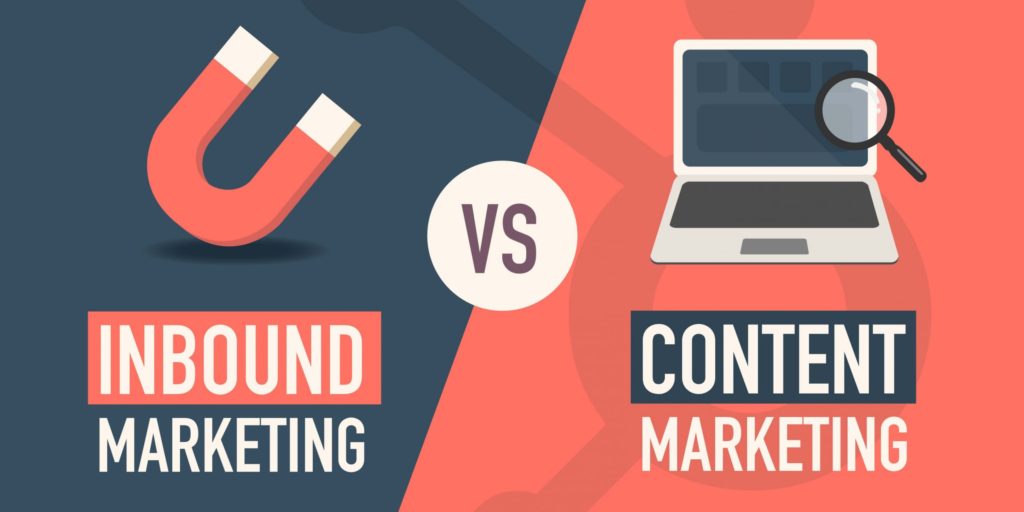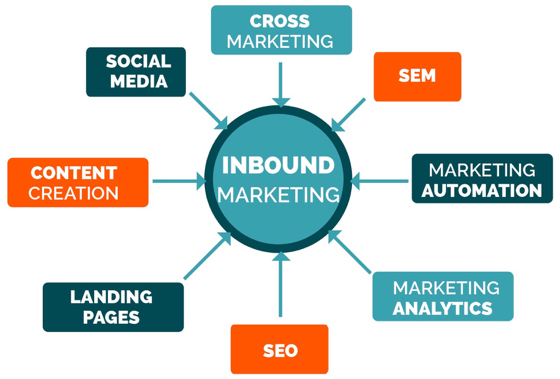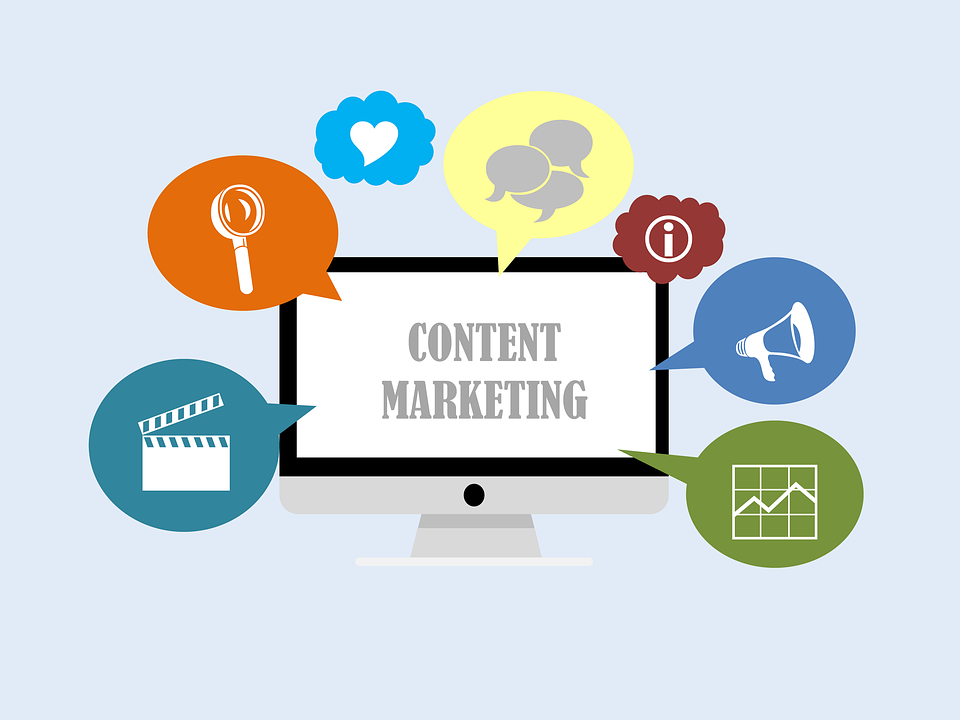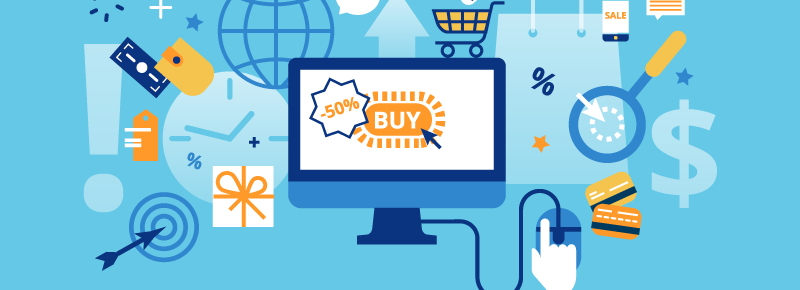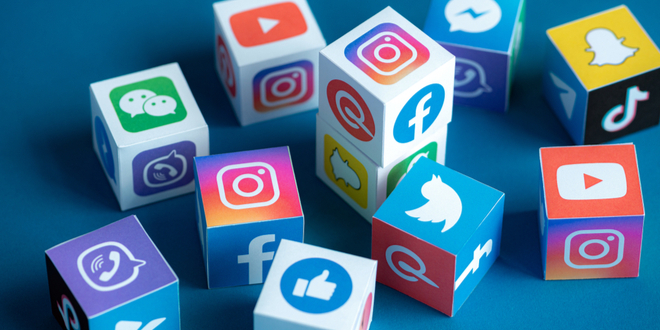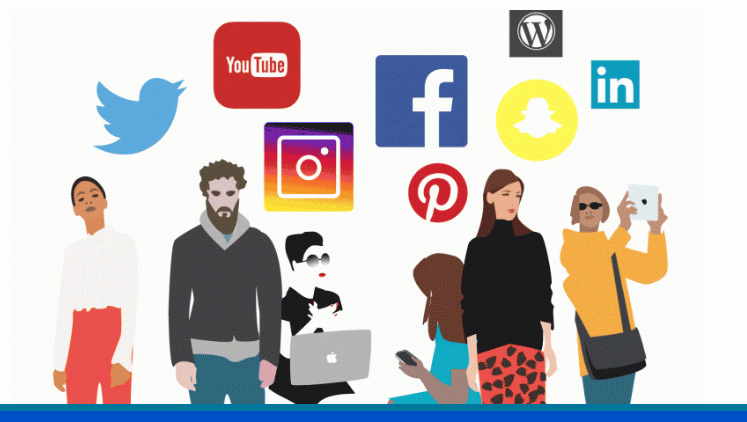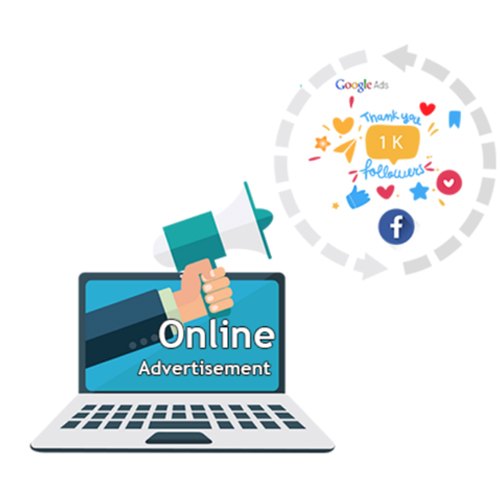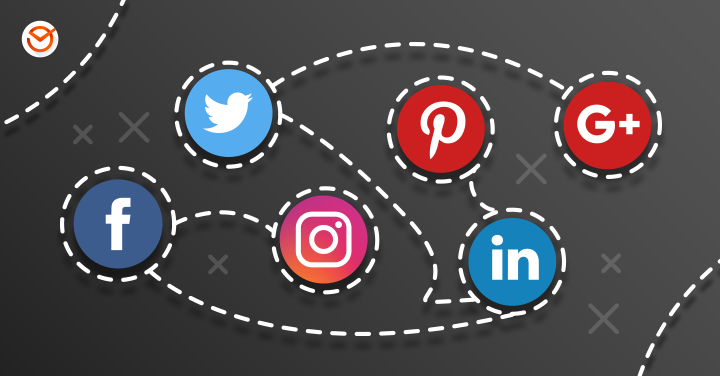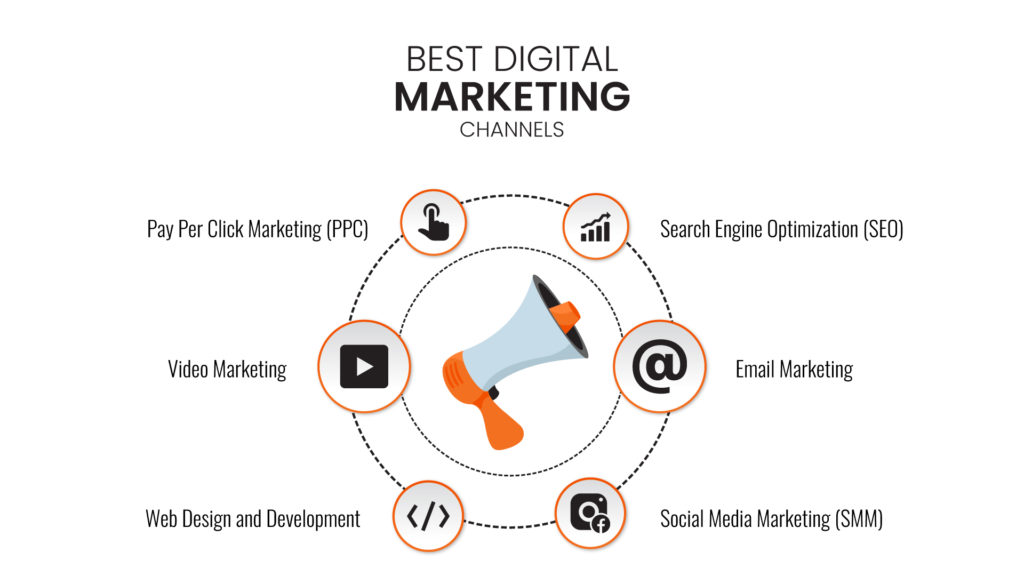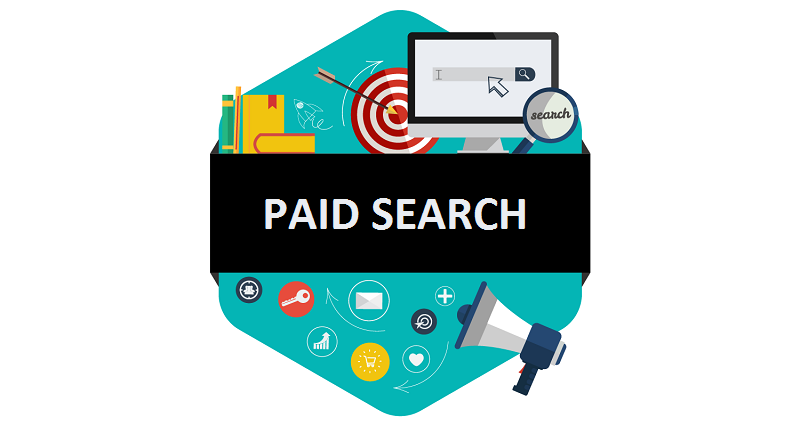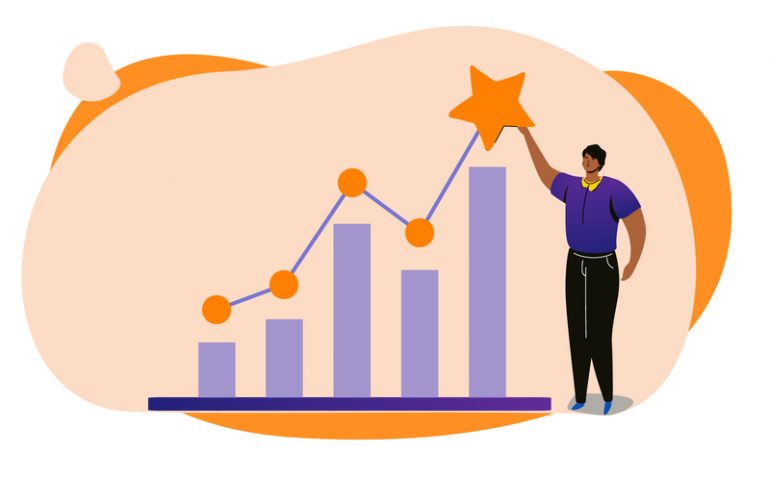
5 Ways to Improve Your Ecommerce Conversion Rate Using Social Media
Over 4.62 billion people worldwide now use multiple social media platforms to shop online, market, and advertise products. Given these statistics, business owners don’t even need to think twice about transitioning their business online. Though let’s be honest, marketing your products on various social media platforms and trying to convert new visitors into customers is not as easy as it seems. To help you with your social media journey as a digital marketing agency, we enumerate 5 ways to Improve your Ecommerce Conversion Rate using Social Media.
1. Use the Right Social Media Platform for Advertising
Putting your business online doesn’t mean you need to jump on every social media platform. By narrowing your choices and focusing efforts on the right social networks for your business, you’re allocating your time more efficiently by only putting yourself in front of those who are more likely to become customers! But first, you need to identify who your target audience is. Check these 3 Influential Social Media Platforms to help you attract new people directly to your online store:
- Facebook is one of the most popular platforms when it comes to online advertising since it has 2.85 billion monthly active users worldwide, most of which are day-to-day users.
- Ranks Top 2 for the most popular social media platform.
- 9.3 percent of Facebook users are women between the ages of 18 and 24 years old, and male users are between 25 and 34.
- Ranked 4th of the most used social media platforms in 2022, with over 1.386 billion active users worldwide.
- Instagram is a visual telling platform that can help you promote your products and services by posting eye-catchy quality photos and videos! “A picture is worth a thousand words.”
- Instagram is also one of the fastest-growing platforms with a business feature that you can use to help promote your brand and help you direct your target audience to your company’s landing pages and e-commerce sites.
- Pinterest users come to the platform for inspiration since it is known for its interruptive display where ads are additive.
- Pinterest’s famous ‘Pin’ represents every idea or product. This Pin is an image searched and saved by the users, and this Pin can also link back to websites or original sources, which is why Pinterest is great for driving traffic to your site.
2. Optimize Your Website
Customers are all about instant gratification. They want everything to be quick and easy. There is a saying, your brand is not the most important thing for your customers, but convenience. Why? In a world where everyone has adapted to become digitally native, with new access to binge watching, grab deliveries, latest news, and trends, everyone is now used to getting everything with a “now” mindset. Taking the time and effort to optimize and improve your website is one of the ways to increase audience engagement and your conversion rate. We recommend you apply these elements to provide a better and more rewarding customer shopping experience:
Be more clear and precise
- Apply a neat and simple yet appealing design to your website
- Create a strong and straightforward headline
- Use an eye-catching clickable call-to-action button
Provide a seamless user experience
- Generate a user-friendly and responsive website
- Simplify your check out operation
- Add multiple payment methods
Speed Up Your Website’s Performance
- Use traffic surge control tools to speed up your website
- Run a speed test using free benchmark tools that are available for free such as Google’s PageSpeed Insights or GTmetrix. To make sure it’s optimized, you should be getting a speed of 80+ and 70+ in desktop and mobile respectively.
- Avoid using high-resolution images like PNG or GIFs that cause the website to load slowly. Use JPEG instead, especially for larger images.
3. Establish Customer Trust
Building genuine relationships with your customers serves as a foundation for business growth. Think of it this way; you keep posting on different social media platforms but is that enough to build trust with your audience? Probably not. Research shows that 81% of customers are more likely to buy when they trust a brand. Here are more ways to help you establish customer trust:
Provide an Outstanding Customer Service
- Always put your customer first
- Personalize your service
- Respond with a positive attitude, and in a timely manner
Expressing Empathy
- When addressing concerns, try putting yourself in your customers’ shoes to help you clearly understand the issue from their point of view.
- Making the customers feel heard and respected can lead to customer satisfaction and brand loyalty
- Always let your customers feel they are cared for
Be Authentic and Transparent Online
- Convey your business’ values
- Show your behind the scenes business operations
- Address, admit, and rectify minor mishaps instead of covering them up
4. Propose Incentives
Incentivization is one of the most accessible paths toward a successful conversion rate. It can also help you strengthen and maintain loyalty from your regular customers by letting them know that you value and appreciate them. Offer Price-based incentives that will motivate customers such as:
- Exclusive promos
- Free shipping
- Customers Recognition
- Money-back guarantee
- Loyalty Programs
- Product bundle
- Free returns
- Insider info
- Discount codes
- Rewards per purchase
5. Provide Social Proof
Social Proof increases your conversion rate, especially when including it on landing pages. It also leads to word of mouth as consumers nowadays find new brands to follow through with suggestions and recommendations when shopping online. Encourage your customers to comment on their experiences by providing a review section on product pages and giving out incentives. Here are different types of social proof and their advantages:
Influencer Endorsement
- Select an influencer that is relevant and suitable for your brand
- Can promote your brand using different types of social media
- Can help you reach a broad audience
Customer’s Reviews and Testimonials
- Provide an honest experience about your product or services
- Provide proof that your business is trustworthy
- Establish credibility and reliability
Number of Product Users
- Online shoppers are less likely to purchase products from a lesser-known brand. Showcasing customers who have already purchased your product or services is a powerful form of social proof.
Overall, your goal as an eCommerce business is to drive more sales. And while many other digital marketing channels can help you reach your business goal, social media is still the most promising platform that guarantees you to achieve a promising conversion rate.
Connect with us at Createmoto today, and let us help your business scale efficiently!



